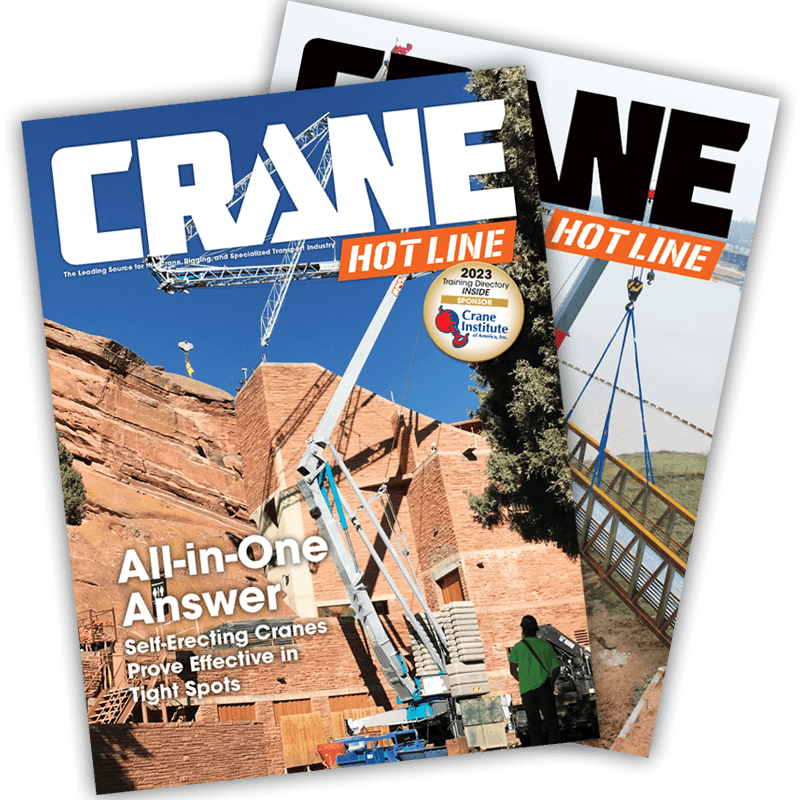Anti-Collision System Lets Mobile and Tower Cranes Work Safely in Same Area
 Feb. 24, 2021 – Recently, AMCS technologies commissioned the company’s DCS 61-S anti-collision system between a Demag AC55-3 mobile crane and one of four Wolff 7534.16 tower cranes constructing the operations center for lines 16 and 17 of the Grand Paris Express in Aulnay-sous-Bois, France.
Feb. 24, 2021 – Recently, AMCS technologies commissioned the company’s DCS 61-S anti-collision system between a Demag AC55-3 mobile crane and one of four Wolff 7534.16 tower cranes constructing the operations center for lines 16 and 17 of the Grand Paris Express in Aulnay-sous-Bois, France.
Though this application was in France, AMCS has confirmed that the DCS 61-S anti-collision system is sold in North America.
On this project, the Demag mobile crane works within the range one tower cranes, and the DCS 61-S is proving an effective anti-collision solution. The Demag is expected to be on site until next April, said AMCS.
A second mobile crane, a Liebherr LTM 1100, is also on site and will be equipped with the AMCS DCS 61-S anti-collision system.
The DCS 61-S automatically detects the movements of the mobile and tower cranes working on the site.
The systems on the tower and mobile cranes are connected by a radio network and continually exchange all sensor information. An antenna on each machine connected in the anti-collision network knows the positions of all the other cranes that are also connected to the system.
The screen installed in the crane operator's cab gives him or her real-time information and
alerts them when another crane enters its working area.
When the mobile cranes reposition themselves, the tower crane devices automatically detect their movement and positions.
The device calculates in real time and in 3D the distances between each element of the cranes (including the position of the cab) as well as movement speeds. This is to intervene on the cranes control mechanism to ensure a slowing down, followed by a complete immobilization of the tower crane at a pre-set distance from the mobile crane. 
For the mobile crane, the device emits an increasingly loud audible signal when approaching a tower crane or a prohibited overflight area.


